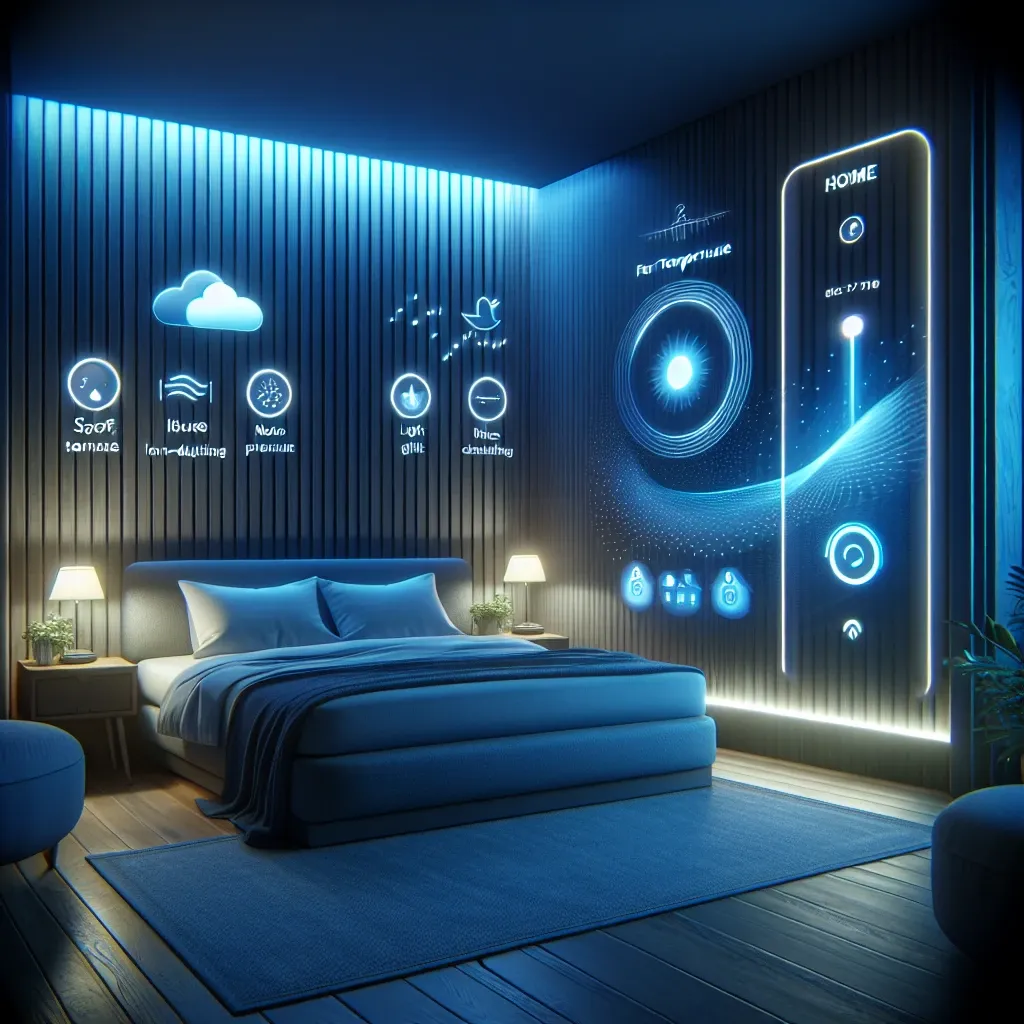The Importance of Sleep
Sleep is a fundamental human need, vital for physical and mental well-being. With the advancement of technology, the concept of sleep optimization has gained traction, enabling individuals to harness the power of their environment to enhance sleep quality.
What is a Sleep Optimization System?
A sleep optimization system is a sophisticated technology that adjusts various environmental factors such as room temperature, lighting, and sound throughout the night. This system is designed to create the ideal conditions for restorative sleep, which plays a crucial role in overall health.
Key Components of a Sleep Optimization System
- Room Temperature: The temperature of your sleep environment can significantly affect the quality of your sleep. Research indicates that the optimal sleeping temperature for most people lies between 60 to 67 degrees Fahrenheit (15 to 20 degrees Celsius).
- Lighting: Exposure to light is a powerful regulator of our sleep-wake cycle. Sleep optimization systems utilize smart lighting solutions that can mimic natural daylight during the daytime and gradually dim at night.
- Sound: Noise can disrupt sleep cycles. Many sleep optimization systems incorporate soundscapes or white noise to mask disruptive sounds, thus promoting deeper sleep.
How Does It Work?
These systems often rely on a combination of sensors, IoT devices, and user preferences to adjust the environment. For instance:
1. Temperature Adjustment
Smart thermostats can detect when you fall asleep and adjust the temperature automatically for optimal sleep comfort. If the system senses you are restless, it may lower the temperature slightly to help you fall back asleep.
2. Dynamic Lighting
Smart bulbs and LED lights can be programmed to change in brightness and color temperature. They can shift to warmer hues as bedtime approaches, signaling your body to produce melatonin, the sleep hormone.
3. Sound Management
Using sound masking technology, these systems can create a peaceful auditory environment. They might play gentle sounds or white noise at a volume that is customizable to the user’s preference.
Benefits of a Sleep Optimization System
Investing in a sleep optimization system can have profound benefits:
- Improved Sleep Quality: By creating a conducive environment, users often experience deeper sleep cycles.
- Increased Energy Levels: Better sleep translates to increased energy and productivity during the day.
- Enhanced Mood: Quality sleep is directly linked to improved mood and emotional health.
Historical Context
The quest for better sleep is not new. Throughout history, humans have utilized various methods to enhance their sleep environment—from simple modifications to the bed’s position to elaborate sleep chambers in ancient civilizations. The advent of electricity brought about significant changes in how we regulate our sleep environments.
Future Predictions in Sleep Technology
As we look to the future, the sleep optimization market is expected to grow significantly. With advancements in artificial intelligence and machine learning, future systems may offer personalized sleep recommendations based on real-time data collected from the user’s sleep patterns.
Pros and Cons of Sleep Optimization Systems
Pros:
- Customization: Users can tailor their sleeping environment according to personal preferences.
- Convenience: Automated adjustments mean less manual intervention is required.
- Health Benefits: Improved sleep leads to better overall health.
Cons:
- Cost: Initial investment in technology can be expensive.
- Complexity: Some users may find the technology overwhelming.
- Dependence: Users may become reliant on the system for sleep.
Real-Life Examples
Consider Sarah, a busy professional who struggled with sleep for years. After installing a sleep optimization system, she noticed a significant difference in her sleep quality. The system adjusted her bedroom temperature and lighting automatically, leading to a more restful night. Sarah reports feeling more energized and productive at work.
Conclusion
In conclusion, a sleep optimization system that adjusts room temperature, lighting, and sound throughout the night represents a significant leap forward in sleep technology. By creating an ideal sleep environment, these systems can enhance sleep quality, boost energy levels, and improve overall well-being. Embracing this technology could very well be the key to unlocking better sleep for a healthier future.

